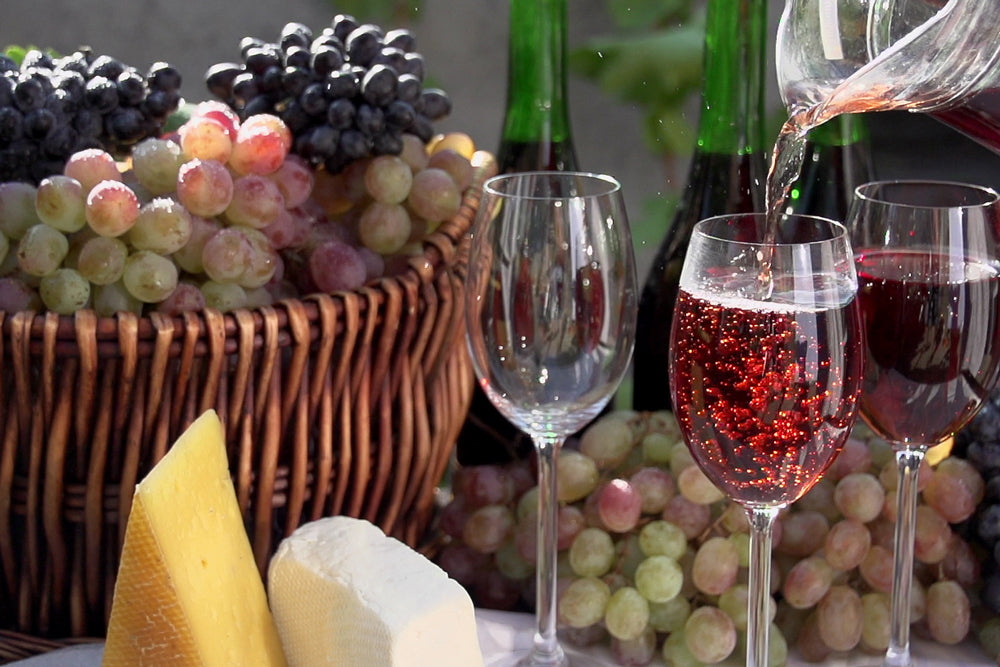
8 Essential Tips to Becoming a Wine and Cheese Pairing Pro
If you’ve ever served a cheese platter at your dinner party, gathering with friends, or date night, you’ve likely experienced a little bit of stress when it comes to wine and cheese pairing. Choosing the right combination of cheeses and wines can be overwhelming with so much choice out there.
Plus, choose the wrong wine, and the French artisanal cheese selection you just spent a small fortune on...just falls flat…
So how do you avoid a wine and cheese pairing fail?
(Oh, and if you’re still unsure which cheeses to choose in the first place, be sure to check out our post How I became a gourmet cheese expert in 3 easy steps (and how you can too!) )
But back to the wine. While you certainly need to experiment to figure out what YOU enjoy, this guide provides some general pointers to help get you started on your wine and cheese pairing journey.
For those who want to keep it simple, we will even reveal a few wines that pair with almost everything!
Quick links:
- Pair the older with the bolder
- Pair salty (and stinky) with sweet
- Opposites attract
- What grows together goes together
- Pair soft cheeses with light, fruity wines
- Pair medium-aged, semi-hard cheeses with medium-bodied wines
- Safe bets
- Always be experimenting

So let’s dive in!
1. Pair the older with the bolder
Both cheese and wine makers use the ageing process to achieve unique textures, flavours, and aromas.
An older cheese will generally have more complex, rich, stronger tastes. As a cheese ages, the moisture content slowly evaporates, leaving behind a higher concentration of fats and proteins (this is where the flavour lives!).
The ageing process also allows new flavours to develop and/or strengthen, depending on the conditions in which the cheese is aged (such as in caves).
Aged cheeses in this category include 8+ year old Cheddar, Aged Manchego, Parmigiano Reggiano, and Pecorino among others.
To complement the richer flavours of these cheeses, you will need a bolder wine for balance. Generally, wines with a higher alcohol volume such as alc 14.5% .vol are more intense.
Try pairing bold selections with a white wine such as Chardonnay, or reds, such as Cabernet Sauvignon, Pinot Noir, Shiraz, or Merlot.
2. Pair salty (and stinky) with sweet
The classic “sweet and salty” flavour combination is a classic culinary pleasure. The contrast of these flavour types can make for a really exciting taste experience.
Salty cheeses such as blue cheese—Roquefort, Stilton, and Gorgonzola (to name a few), as well as pungent and “stinky” cheeses such as Munster, Taleggio, Epoisses de Bourgogne, Brie de Meaux, and Normandy Raw Milk Camembert are fantastically balanced with a sweeter wine. The sweetness of the wine balances the “funk” of these cheeses, actually making them taste creamier.
Try these cheeses with white wines such as Guwürztraminer, Riesling, or dessert wines. Port is also always a great choice, but a lighter-bodied, aromatic red such Pinot Noir or Tempranillo can also work with these types.
3. Opposites attract
This is a pairing strategy that may take a little more experimentation, but can be rewarding when you find the right combination. As with the sweet and salty flavour combination that balances salty cheese with sweeter wine, contrasting textures can also create an interesting experience.
For example, the bubbles of a sparkling wine or Champagne complement a rich and creamy cheese such as a Triple creme like Chateau De Bourgogne—a classic combination for good reason.
4. What grows together goes together
Pairing cheeses and wines from the same region is an age old tradition. Again, you will need to experiment with this a bit, but it’s a fun way to put together a wine and cheese night.
This custom exists because many cheese and wine varieties coming from the same region have developed together over centuries—due to their close proximity. Being from the same region, the grapes and milk producing animals share the same “terroir” (climate and soil). This means that the grapes for the wine are grown in comparable soil and climate conditions as the animals, giving them similar characteristics.
So when in doubt, pair wines and cheeses from the same region. For example, the Bourgogne and Jura regions of France are full of wonderful wines and cheeses. Experiment with different types to find your favourite combination.
5. Pair soft cheeses with light-bodied, fruity wines
If soft cheeses are more your thing, you’re going to want to experiment with wines on the lighter, fruitier end of the spectrum.
Cheeses such as Brie, Camembert, and goat cheese will pair nicely with white wines such as sparkling wine or Champagne, unoaked Chardonnay, dry, young Riesling, or a light-bodied Sauvignon Blanc. If you prefer red, try a Pinot Noir, Gamay, Cabernet Sauvignon, or Shiraz.
6. Pair medium-aged, semi-hard cheeses with medium-bodied wines
Sticking with the concept of matching the intensity of your cheeses and wines, medium aged, semi-hard cheeses pair best with wines that offer the same level of depth.
Cheeses such as Gruyère, Tomme De Savoie, Baluchon and Morbier pair best with medium-bodied white wines such as Chardonnay, Pinot Blanc, Riesling, Guwürztraminer, and Champagne.
Reds such as Burgundy, Pinot Noir, Zinfandel, Merlot, and Port will also pair nicely with these cheeses.
7. Safe bets
If you are really unsure about which wines to pair with your next cheese platter, have too broad a variety of cheeses, or are simply not in the mood for experimentation, there are a few wines that will generally work across the board.
Wines with a lower alcohol volume (and lower intensity) that are a little sweeter will generally be a safe bet to enjoy with your cheese. Try a Riesling, Guwürztraminer, or an unoaked Chardonnay.
Sparkling wines and Champagnes will also generally work with most cheeses. The acidity of the wine offers a good complement to all cheese types.
A light to medium-bodied red wine such as a Pinot Noir is a good choice if you prefer red wine.
8. Always be experimenting and trying new things!
As I mentioned, when it comes to pairing wine and cheese, there are no hard rules. Learning to pair wine and cheese is a journey, and will take some trial and error to learn what you like.
This guide is simply a starting point, to give you some direction on your journey.
If you haven’t read our 3 step guide to becoming a gourmet cheese expert, check out our guide How I became a gourmet cheese expert in 3 easy steps (and how you can too!). This post will help you really up your gourmet game!
Have fun out there!
-Vitali
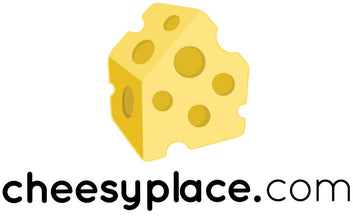
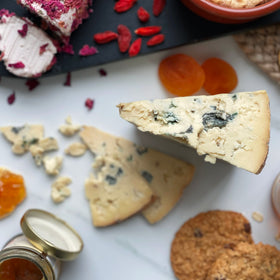
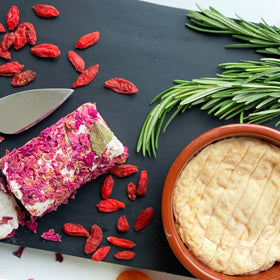
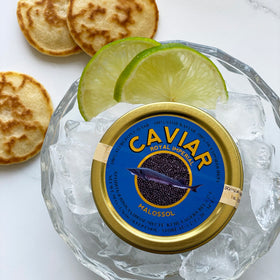



Comments
Leave a comment